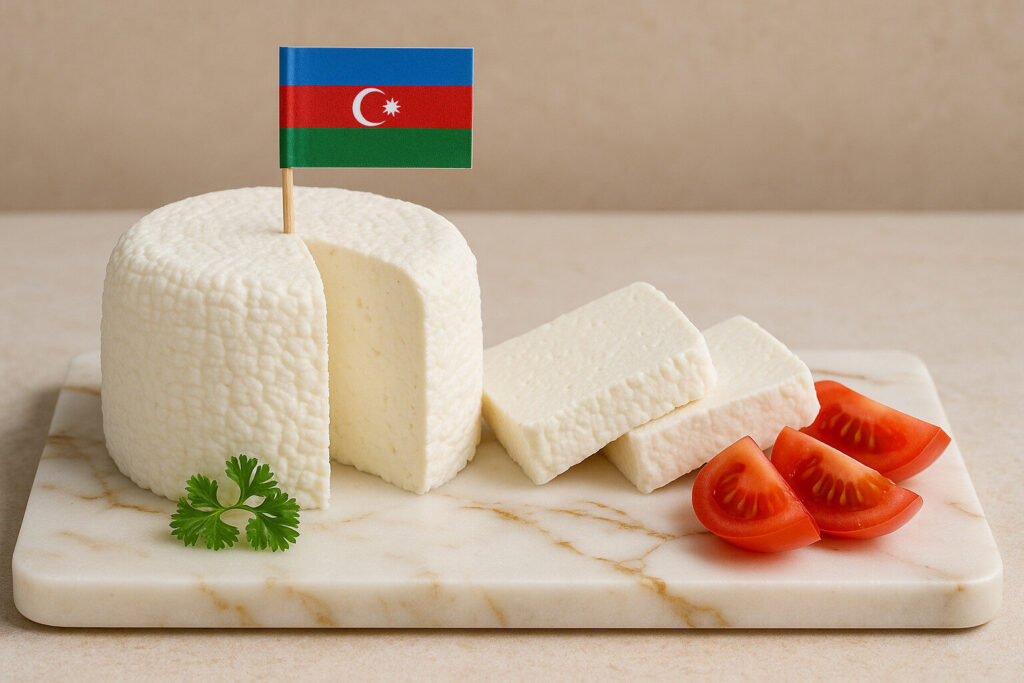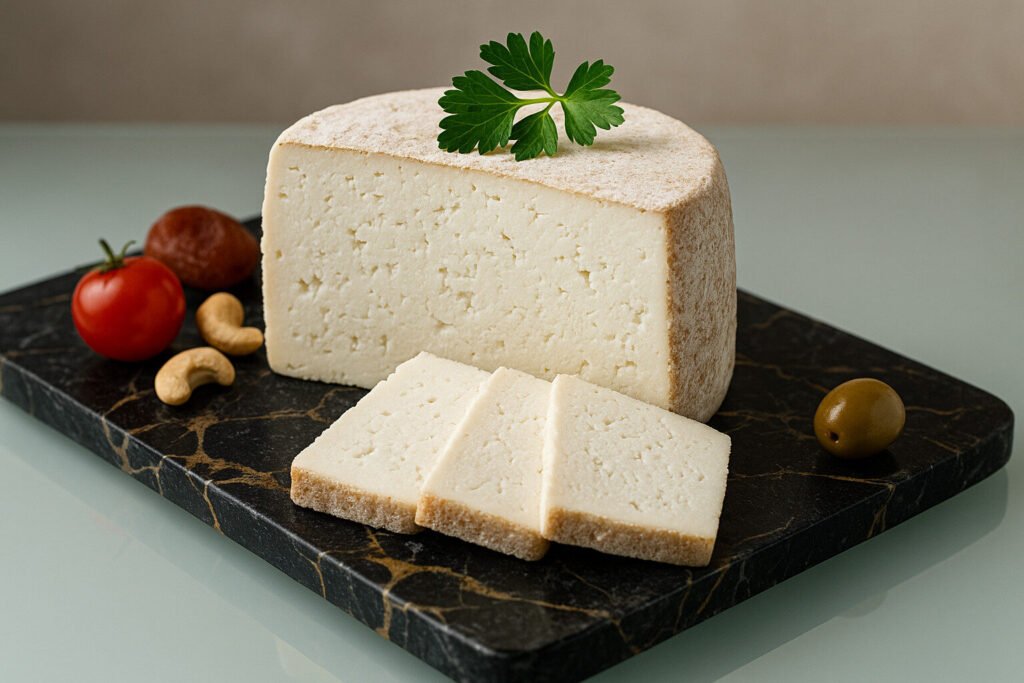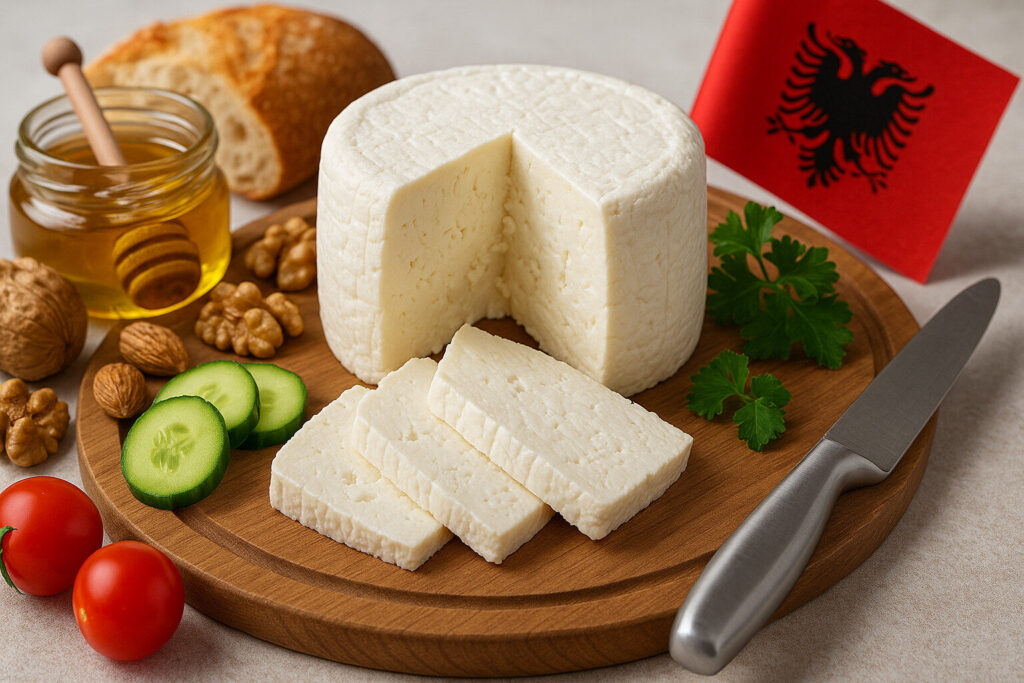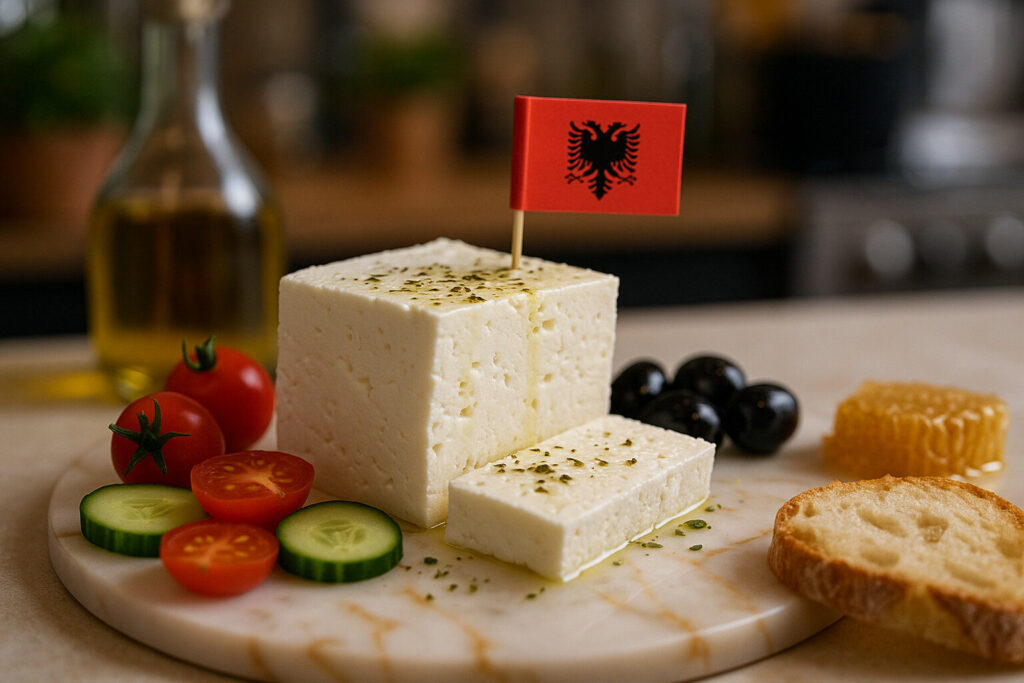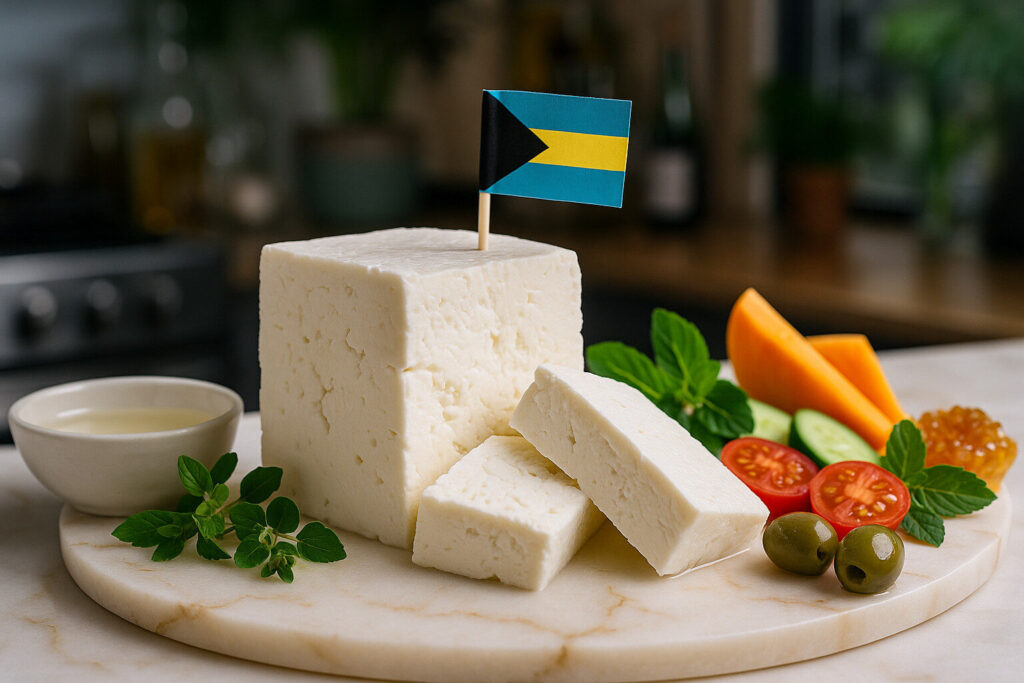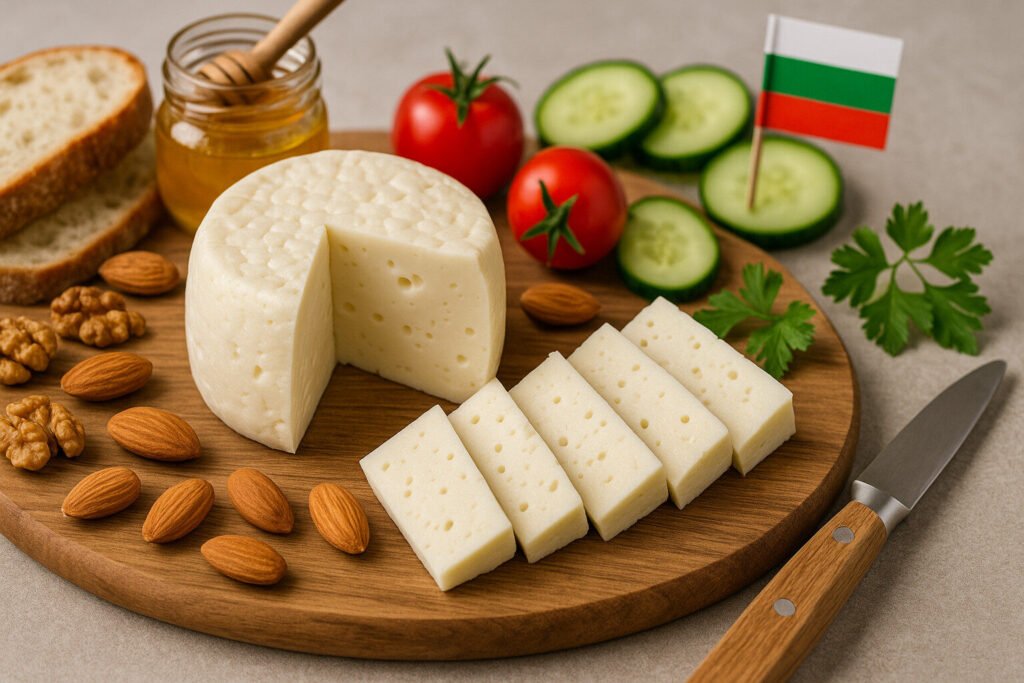Cheese From Cow Milk Blend
Definition and Scope
Cow milk blend refers to cheeses produced using milk from multiple cow breeds or dairy sources. This category encompasses cheeses where milk composition is intentionally mixed to achieve specific flavor, texture, or production characteristics. The blending process allows cheesemakers to balance fat content, protein levels, and microbial profiles. These cheeses may be fresh, aged, or processed, falling under various style classifications.
Blended cow milk cheeses are distinguished from single-breed or single-herd products by their composite milk base. The scope includes traditional farmstead cheeses combining milk from different herds and industrial blends standardized for consistency. This approach can enhance yield, modify ripening behavior, or create unique terroir expressions. Such cheeses represent a significant segment of both artisanal and commercial cheese production.
Production Methods
Production begins with milk selection from multiple bovine sources, often tested for composition and quality. The milk is typically blended before pasteurization or treatment, though some traditional methods blend raw milks. Standardization of fat and protein ratios occurs during this stage to meet target specifications. Temperature-controlled vats ensure proper integration of milk components before culturing.
Cheesemaking proceeds with coagulation using rennet or bacterial cultures after milk blending. The curd handling, pressing, and aging techniques follow standard procedures for the specific cheese variety. Blended milk may require adjusted make times due to varying casein structures. Final products often demonstrate more consistent composition than single-source milks across production batches.
Sensory Profile
Blended cow milk cheeses typically exhibit balanced flavor profiles with reduced extremes of any single milk characteristic. The integration of different milk compositions often results in rounded, complex taste experiences. Texture tends toward consistency, with fat distribution creating smooth mouthfeel. These cheeses may show less seasonal variation than single-source equivalents.
Aromatic notes often combine the distinctive qualities of contributing milk sources. Flavor development during aging can be more predictable due to standardized milk components. The finish may display layered complexity from the integrated milk properties. Overall sensory characteristics make these cheeses approachable while maintaining distinctive style attributes.
Culinary Applications
Blended cow milk cheeses serve well as table cheeses due to their balanced flavor profiles. Their consistent melting properties make them suitable for cooked applications like gratins and sauces. The reliable texture supports both slicing and shredding for various culinary preparations. Many blended milk cheeses perform well in sandwiches and cheese boards.
Food pairing opportunities are enhanced by the cheeses’ moderate flavor intensity. They complement fruits, crackers, and wines without dominating other ingredients. In food manufacturing, these cheeses provide standardized performance in processed products. Their versatility makes them practical choices for both home kitchens and professional food service.
Regional Examples
Many European Protected Designation of Origin cheeses utilize blended milk from designated regions. English territorial cheeses often combine milk from multiple farms within specific counties. French Comté traditionally blends milk from Montbéliarde and Simmental cows across the Jura region. These practices maintain regional character while ensuring production volume.
American artisanal producers frequently blend Jersey and Holstein milks to balance richness and yield. Wisconsin cheesemakers create blended milk cheddars that achieve consistent flavor year-round. Australian producers mix milk from different dairies to create distinctive regional styles. These examples demonstrate how milk blending supports both tradition and innovation in cheesemaking.

